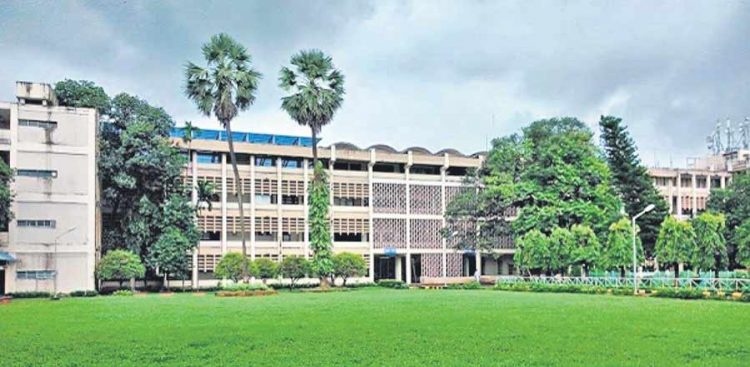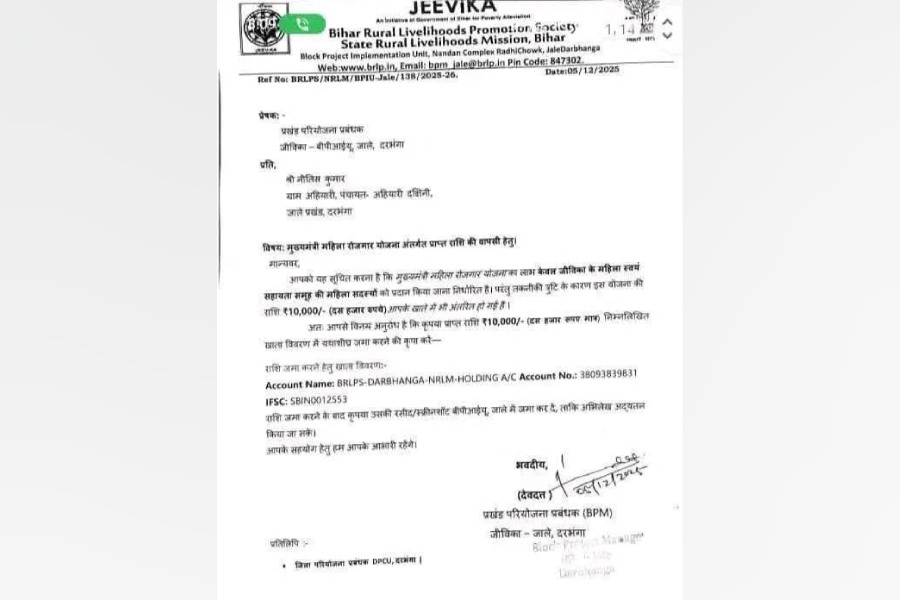Upbeat labels and ambitious programmes are politically attractive, but they have apparently failed to impress the Quacquarelli Symonds world university rankings system. Among the Indian educational institutions that have slipped from their earlier places in the QS rankings, quite a few boast Narendra Modi’s ‘institution of eminence’ label. While three institutes have remained within the first 200 ranks, they have all lost points — the Indian Institute of Technology, Bombay, has dropped from 152 to 172, although it remains the topmost among Indian institutions in the list. Of the 25 institutions included earlier in the first 1,000, 21 have made it this time. The Study in India programme inaugurated in 2019, designed to attract students and teaching faculty from overseas, has obviously not had the desired success, because one of the criteria requires internationalization. A statement of the ranking agency says that in spite of high research quality, internationalization levels, teaching capacity and academic standing are not as good in Indian institutions as in their competitors elsewhere.
Losing rank should hurt, even if the method of ranking is considered controversial. One criticism of the QS rankings system is that it gives 40 per cent weightage to ‘academic peer review’, which, many believe, may become subjective. ‘Reputational’ metrics can only be given importance if education is understood predominantly as a status good. That cannot work for a country like India. Research metrics are important — India does well in that — as is teaching capacity, or teacher-student ratio. The last suggests the need for deeply thought-out reforms in the approach to education with the country’s specific needs in mind. Internationalization, too, is a good thing, for expanding horizons mean better education but, again, it cannot be a determining criterion given the varied needs and differing resources of the Indian educational system. What is most disconcerting about the QS rankings is the lumping together of specialist institutes and universities — the ideals and funding of the two sets of institutions have very little in common. But when all is said and done, the fact remains that the most prized educational institutions are slipping from their places instead of rising, not just in this list but also earlier in the Times Higher Education rankings, which have different criteria. That can hardly be proof of eminence.










